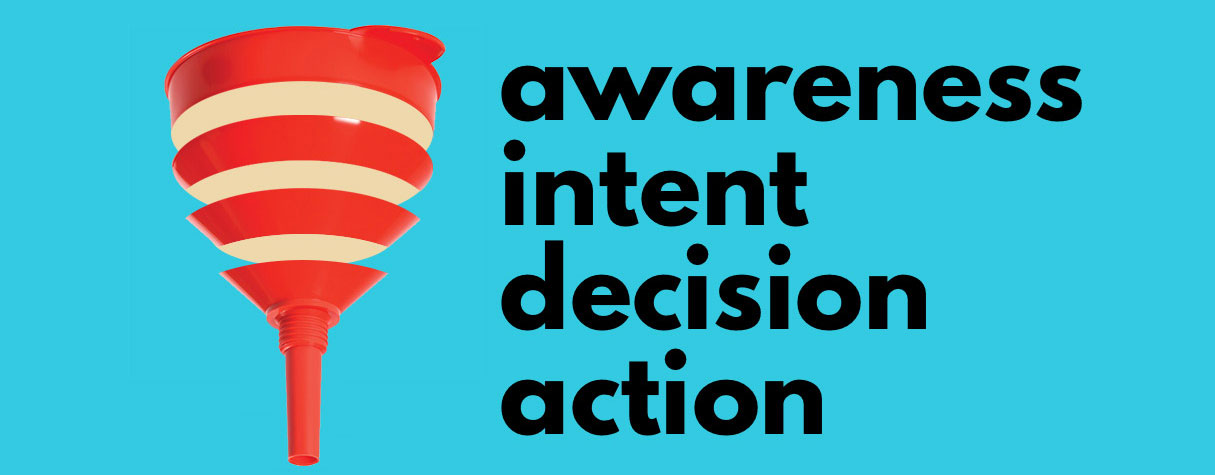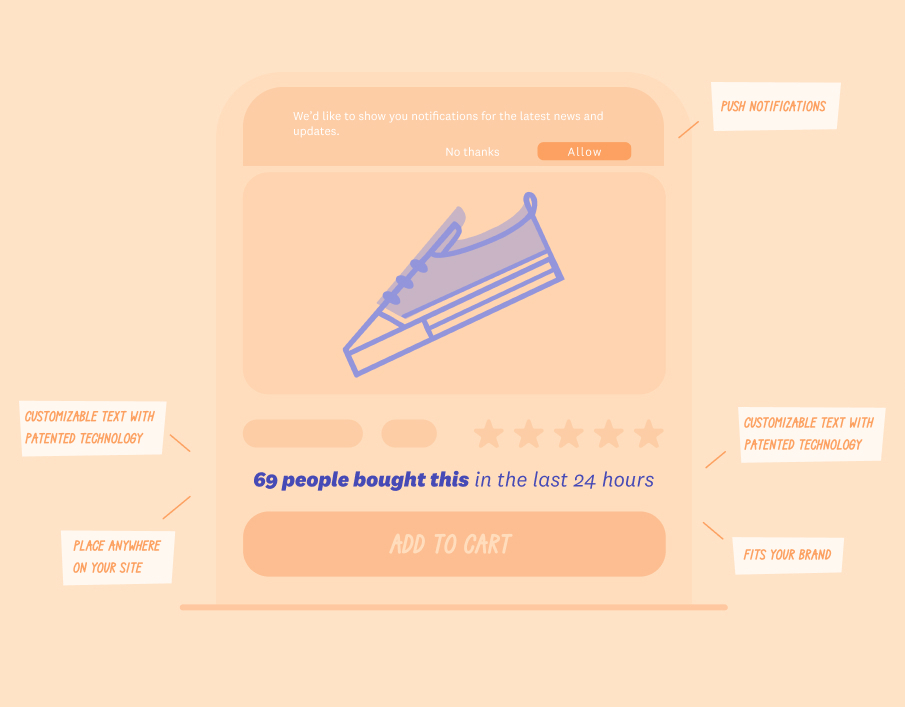Table Of Content

Cross-selling is when you try to make a customer add additional, related products to a purchase they’re already making. It's a widely-used tactic, and you encounter it all the time:
- When you go the cinema, you're offered popcorn.
- When you buy a flight, you're offered a hotel room or car rental in your destination city.
- In perhaps the most iconic example, when you order a burger, you’re asked: "Would you like fries with that?"

Cross-selling is one of the most effective ways to increase sales, simply because it’s easier to sell to existing customers than new ones. You’ve already gained their trust, and they’ve committed to at least one purchase. Most of the hard work is already done. From there on it’s just a question of how you can provide the customer with more value.
Many products have related products that are often bought together. If your customer is going to buy them anyway, they might as well buy it from you. As well as putting more money into your pocket, this will make your business more efficient and increase customer loyalty.
This article will provide an overview of cross-selling strategies that you can start using for your eCommerce store.
What's the Difference Between Cross-Selling and Upselling?
The two terms are often used interchangeably, but they're not quite the same thing.
Cross-selling is when you sell an additional product to a customer who's already buying something else. For example, if you buy a new laptop and the store also tries to sell you a mouse, that's an example of cross-selling.
Upselling is when you sell someone a better (i.e. higher-end, more expensive) version of the product they originally intended to buy. So if you go laptop shopping and the sales clerk directs your attentions towards a bigger, faster, more feature-laden device, you're being upsold.
These two sales techniques often overlap, and they can both be done at the same time for the same product. This article will look mainly at cross-selling.
How to Choose Products to Cross-Sell
The most important part of cross-selling is selecting the right products. The more logical the link with the "main" product, the smoother the customer experience and the more easily you'll make sales. Ideally, your recommendations should make customers think "a-ha! Exactly what I need!"
Get it wrong, and the overall effect may be negative. Cross-selling something that makes no sense will break the customer’s purchasing flow. For example, recommending women's shoes to someone who just added men's clothes to their shopping basket is jarring to the customer's experience.
If there’s a logical "related product" that you can cross-sell but you don’t carry, this is a good opportunity to enter an affiliate arrangement.
If you can't figure out which products to sell together, your customers may already be telling you what they want. Look at your historical sales data. Which products typically get bought together?
Amazon.com famously presents cross-sell items with its "frequently bought together" section, found on every product page:
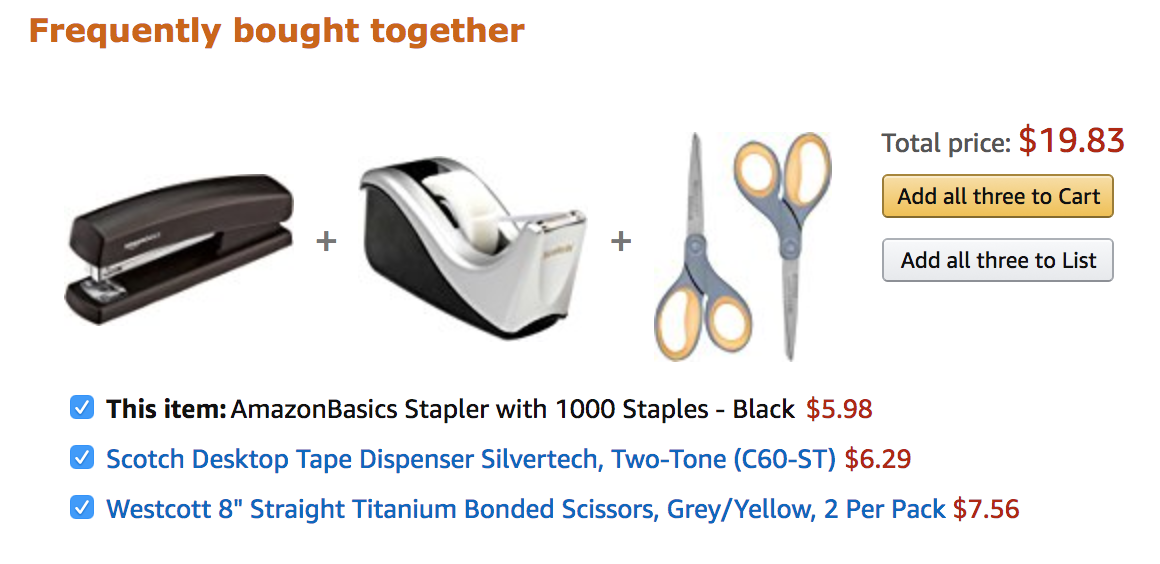
Amazon has gigantic amounts of data with which they're able to hyper-optimize and personalize these recommendations. But you don't need to be operating at Amazon's scale to get most of the benefits. Most eCommerce platforms have features or plugins that add a "related products" section to your product page.
See how FOMO customer Gocase, who suggests helpful phone-related add-ons:
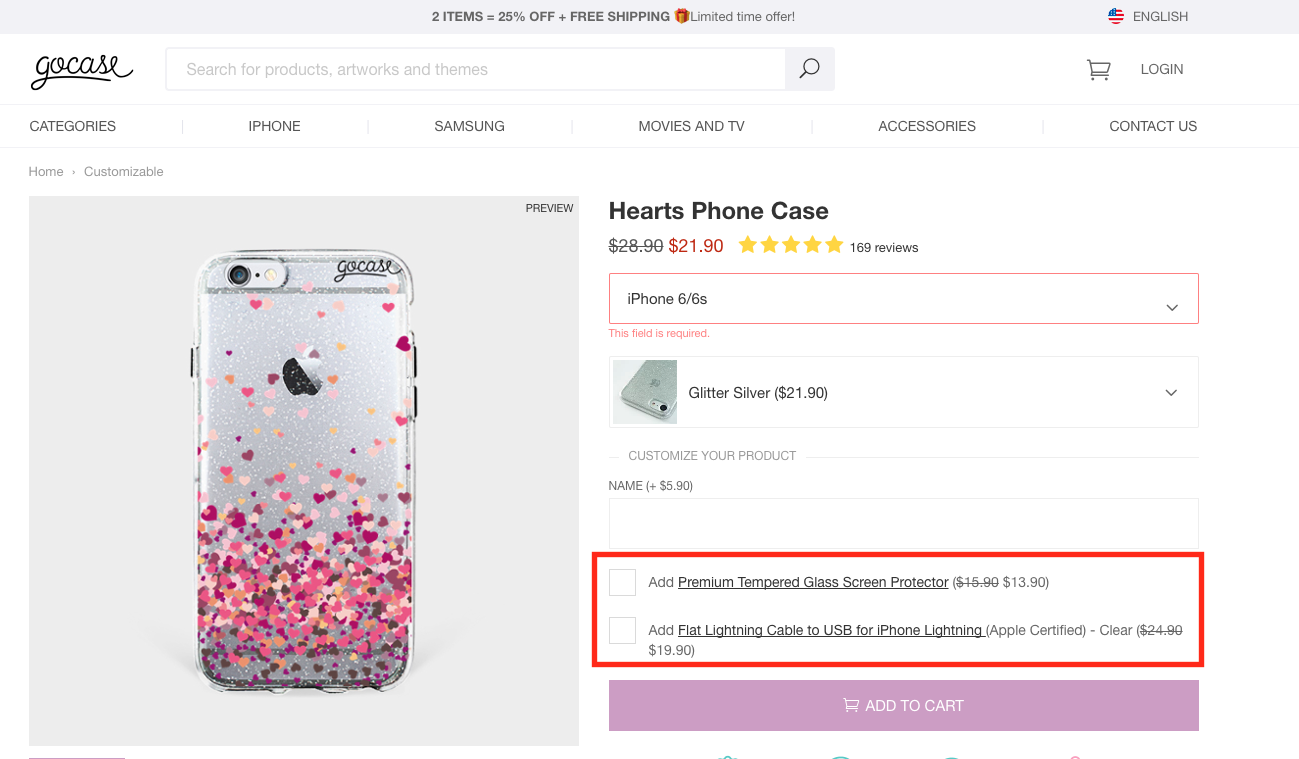
It's also worth thinking through where to put these recommendations. Research suggests that cross-selling works best on the checkout page, or on the confirmation page/secton that a customer sees after adding a product to their cart. At this point they're already psychologically committed to buying something, so it's less of a stretch to add an additional related products.
On the product page itself, you're better off dedicating more space to upselling rather than cross-selling. Not every product has a higher-end version that can be upsold, but if you have the chance, research shows that upselling is more effective on the product page, while cross-selling is more effective on the checkout page.
Let's look at another Amazon "Frequently bought together" panel:
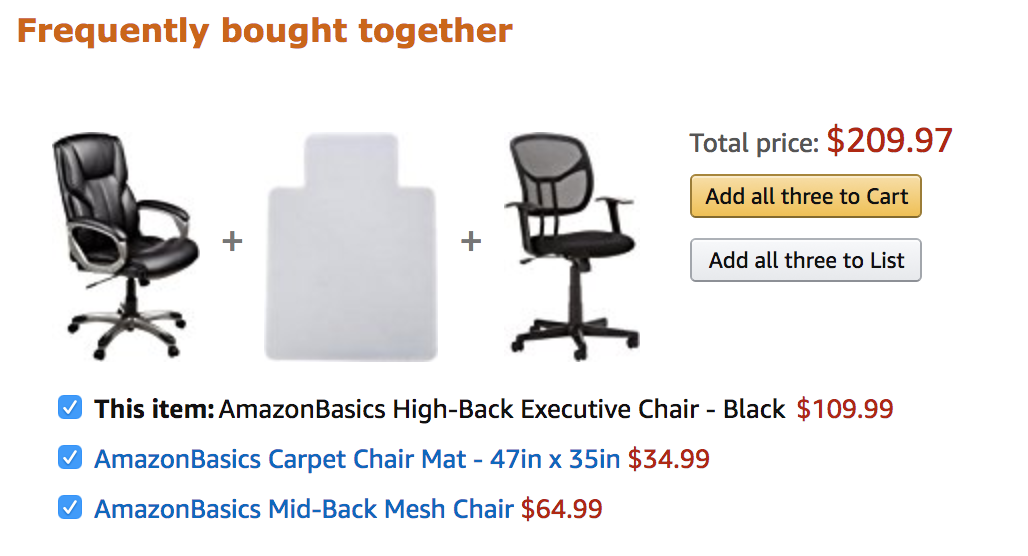
Note how frictionless the process is. If you like the suggestions, it only takes a single click to add all three items to your cart.
You want the process of buying your cross-sold products to be as hassle-free as possible. Minimize the amount of time, clicks, and thinking it takes to add the extra products to cart.
One common cross-selling tactic is to bundle products into a deal. For example you could offer a 10% discount on your cross-sold product when it's bought in conjunction with the "main" product. Customers will see this deal and be inclined to buy because they don't want to miss out on the discount.
You could also offer customers free shipping on orders above a certain size. If a customer has added a $15 product to their basket, and sees that they can get free shipping if the total order is more than $20, it'll be much easier to sell them a $7 related product.
Things to Avoid When Cross-Selling
When choosing which products to cross-sell or upsell, think carefully about their price relative to the original product. If the cross-selling item's price is too high, customers will be less likely to buy anything at all.
This is where psychological pricing principles come into play. We tend to judge prices not only by their absolute value but by how they compare to the prices we're already thinking about and expecting. A $20 cross-sell next to a $5 product will feel outrageously expensive. The same $20 product being offered in addition to a $1000 purchase will feel trivially cheap.
Another thing to avoid when cross-selling is to come across as too forceful. Think about how annoying it is when you book a flight and you have to click through five extra screens unselecting all the overpriced add-ons like car rental or travel insurance that you never asked for. Don’t be that guy!
No-one likes feeling like they're being sold to, and if you try to aggressively push a bunch of extra products onto customers who are not interested, they'll leave with a sour taste in their mouth and are less likely to come back.
When done right, cross-selling to a customer will make them feel like you're genuinely trying to be helpful. Use these cross-selling guidelines to provide your customers with more value, and in return, your company will make more money and create more loyal customers.




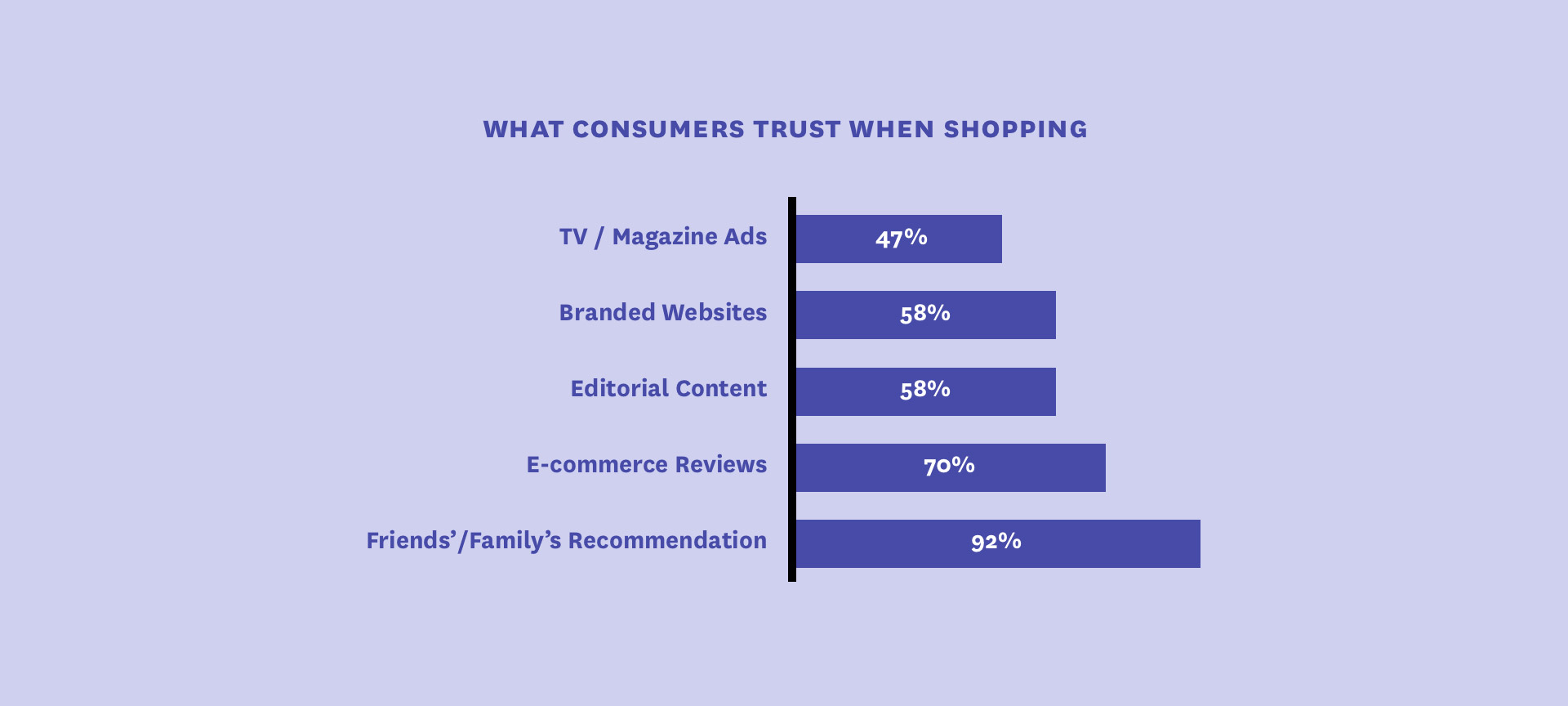
 1.svg)
 1.svg)
